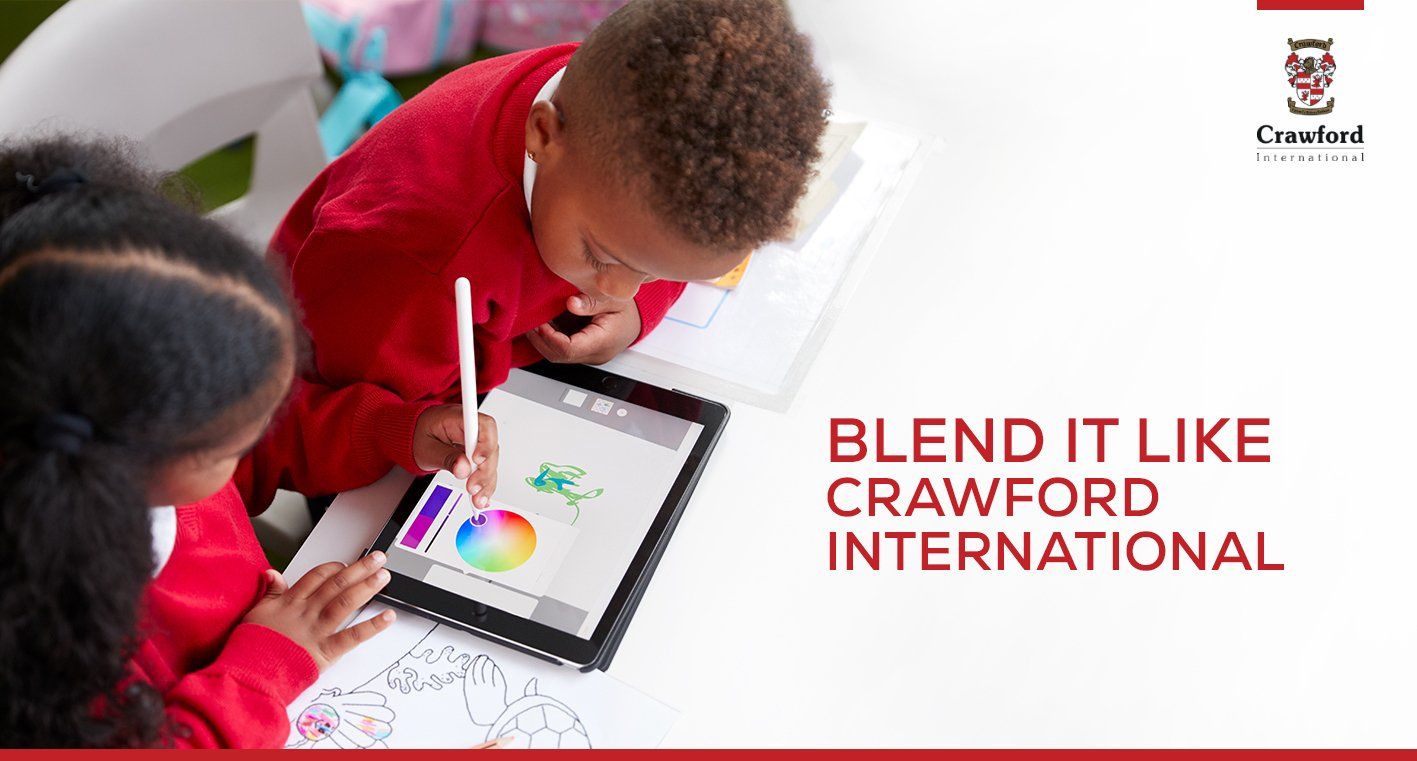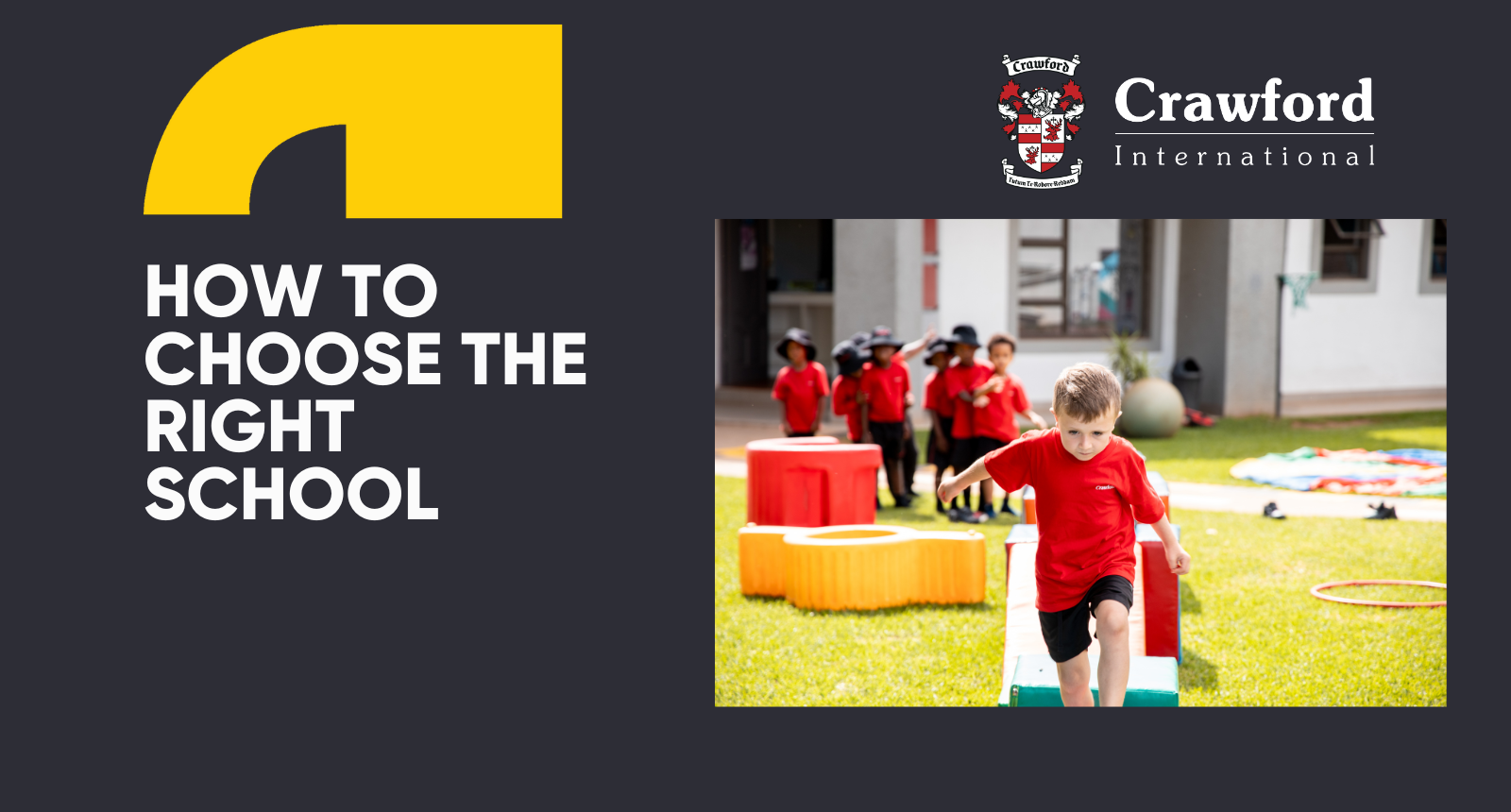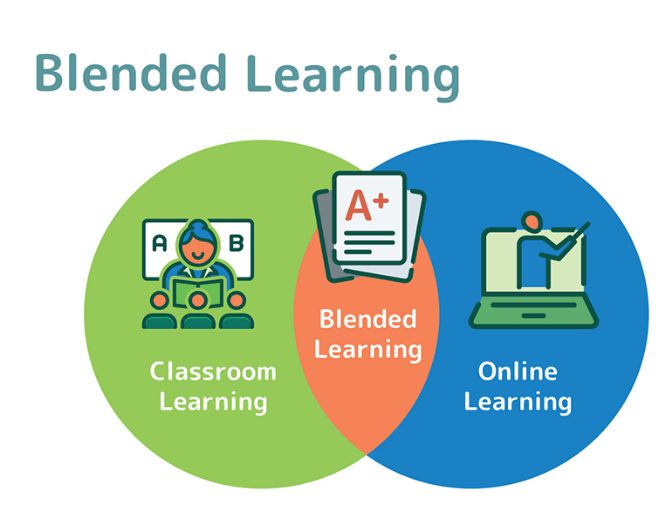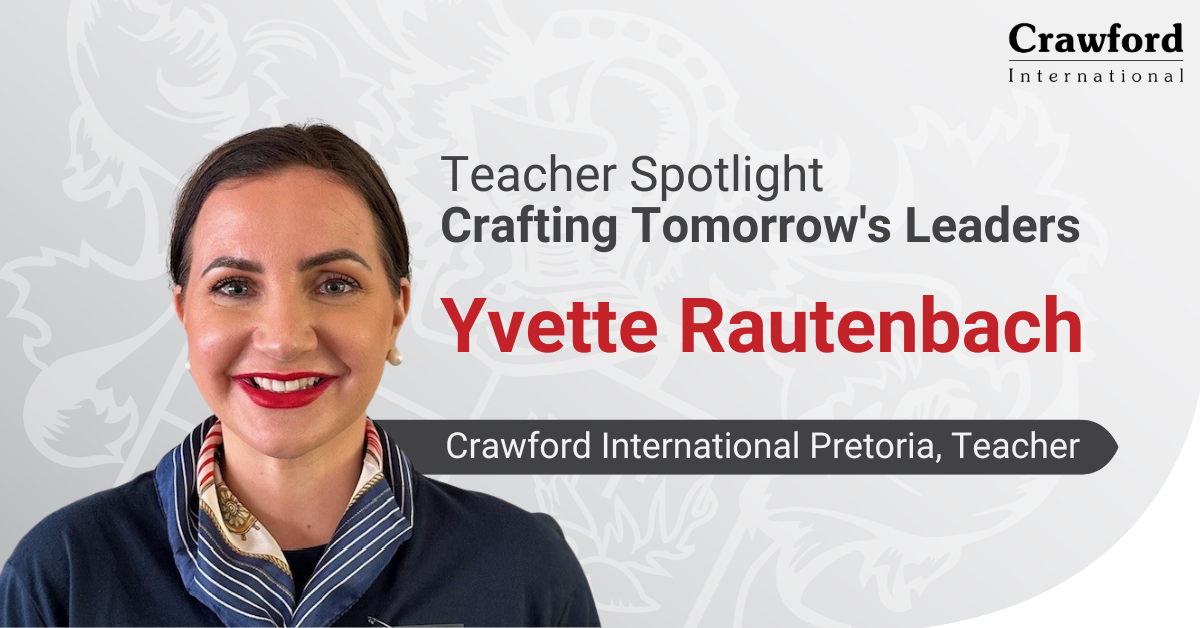Blend It Like Crawford International!
ADvTECH Group • July 14, 2021
An advanced learning experience like no other!

What’s happening at Crawford International right now is both empowering and exciting - blended together to describe our dynamic teaching and learning experience. It’s simply like no other!
Yes, the pandemic definitely thrust many things on to us over the past year and a half, but not all of them have turned out to be bad. The fast-tracked integration of technology into our teaching and learning has offered a more diverse, interesting and focused experience for our students and is inspiring unbelievable results already.
When Crawford International first came face to face with this new, fast-changing world, we worked quickly to empower our students with the future focused skills they would need to excel in the world of tomorrow. Along with these skills, we sought the best technology, apps and platforms in a quest to take learning to whole other dimension.
In a nutshell… Crawford’s blended learning is predominantly a teaching approach that combines the classroom experience (at school) with digital and online learning, using different devices and advanced technological tools and platforms. The two approaches (traditional and digital) work together (blended) to help students achieve brilliance!
Most importantly though, Crawford’s blended learning is truly a student-centred environment. Here, teachers and students work together to co-create a path of learning that best suits the student.
Students have a voice in regard to their learning journey, as well as a choice on how they would like to tackle that journey. Students who have this voice and choice demonstrate an increased level of interest and ownership of their learning experience.
Implementing blended learning at Crawford International, has created one of the most advanced and sought-after learning environments in South Africa today. It is currently preparing young children and teenagers on how to approach the future, using life skills and technology safely and responsibly.
Blended learning has also morphed the teacher’s role into more of a facilitating role - where the teacher empowers the students with the skills and knowledge that is required for them to get the best out of their digital materials, learning activities and independent study time.
Crawford International - as one of South Africa's top private school groups has taken on the best resources to enhance and foster a strong blended learning classroom culture.
For Grades 1 to Grade 7 there is the Toddle platform - and proudly, Crawford International Schools is the only group of schools in the world, and the only schools in South Africa, to take on this dynamic platform! We are proud to be leading the way with another first.
More about Toddle:
Toddle is an online platform that plans collaboratively, creates authentic assessments, document learning journeys, streamlines the International Baccalaureate (IB) evaluation and engages families — all from one intuitive interface.
Grades 8 to Grade 12 will be using the exceptional platform Blackboard, which is also used by tertiary institutions and universities in South Africa, meaning our students will be well-prepared for their future studies.
More about Blackboard:
This is an inclusive online learning environment that focuses on making digital course content accessible for the student, by helping them take control of their learning with usability, accessibility and quality in mind.
Crawford International’s blended-learning approach of combining digital content with real-life learning experiences is opening up the possibility for students to forge relationships way beyond school as we know it. All of us here at Crawford International, are pretty proud of that!













